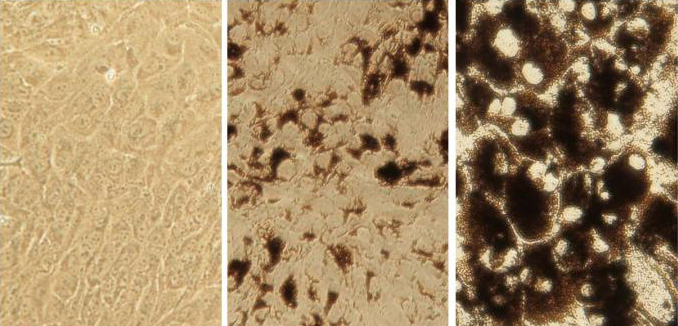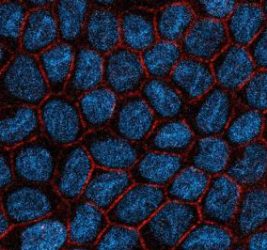Two new retinal pigment epithelial cell models developed
Posted: 5 December 2019 | Victoria Rees (Drug Target Review) | No comments yet
Researchers have created two new cellular models that can be used in the study of ocular diseases and drug testing.

Two new cell models have been developed by researchers with the possibility to explore avenues for ocular drug discovery. According to the scientists, their technologies have advantages over the models currently used in research.
The study, conducted at the University of Eastern Finland, aimed to improve model design for the retinal pigment epithelium (RPE), located in the lack of the eye, forming the outer blood-retinal barrier which plays a key role in diseases such as age-related macular degeneration.
Until now, cultivated retinal pigment cell lines have lacked both pigmentation and the blood-retinal barrier, which has complicated their use.
As the RPE is characterised by strong pigmentation, many drugs bind to cellular pigment and can accumulate in RPE cells. The new cell model makes it possible to study this accumulation in greater detail than before.
In one of the new models, non-pigmented RPE cells can be re-pigmented by feeding them with melanin.

Re-pigmentation of retinal pigment epithelial (RPE) cells. Typically, continuously growing RPE cell lines lack melanin pigment (left). Non-pigmented RPE cells can be re-pigmented with controlled quantities of purified melanosomes resulting from RPE cells from light pigmentation (centre) to cell cultures displaying very strong pigmentation (right) which is normally seen in the eye (credit: Mika Reinisalo).
“Re-pigmentation is possible, thanks to the naturally active phagocytosis, or cellular eating, of RPE cells. Instead of just using pigment, we used melanosomes, ie, live pigmented cell organelles, to re-pigment the cells. Our research group has already previously developed a method to isolate live melanosomes. In this study, we showed that the host cell accepts the transferred melanosomes and doesn’t destroy them,” Postdoctoral Researcher Mika Reinisalo says.
In one of the new models, non-pigmented RPE cells can be re-pigmented by feeding them with melanin”
The study also described the uptake of different drugs in melanosomes. According to the researchers, most drugs that bind to melanin at high levels were taken up by the melanosomes, whereas the same was true only for a small number of drugs that bind to melanin at low levels.
“By using non-pigmented cells as controls, we were able to study how much of a drug given to the cells eventually ends up in the melanosomes. Next, we need to find out for how long the melanosomes can hold on to a drug and whether this causes any harm. The accumulation of drugs in the melanosomes can, on the other hand, make it possible to target drugs at specific tissues,” Reinisalo notes.
The blood-retinal barrier

LEPI cell culture modelling realistic blood-retinal barrier of the eye. LEPI cells model the real-life retinal pigment epithelial layer of the eye by forming a tight epithelial layer and having hexagonal cell morphology like in the human eye (Confocal microscope image: cell nucleus is shown as blue and cell membrane as red) (credit: Mika Reinisalo).
RPE cells also form the blood-retinal barrier that protects the eye from circulating xenobiotics. For drug therapy, the blood-retinal barrier is crucial, as it regulates both the entry and exit of drugs to and from the eye. In earlier cell models, the epithelial layer is not thick enough, allowing drugs to pass through it too quickly.
The other model presented by the team earlier this year includes a new RPE cell population that spontaneous arose from the RPE cell line. This forms a tight layer, resembling the real-life epithelial layer of the eye.
“These cells are now known as LEPI cells. We decided to study them in more detail and discovered that in comparison to earlier cell models, LEPI cells are better differentiated and they form a tighter and more realistic barrier through which drugs have to pass,” Postdoctoral Researcher Laura Hellinen says.
The findings were published in Scientific Reports and Pharmaceuticals.
Related topics
Disease Research, Drug Development, Drug Targets, Research & Development, Screening, Toxicology
Related organisations
University of Eastern Finland
Related people
Laura Hellinen, Mika Reinisalo







